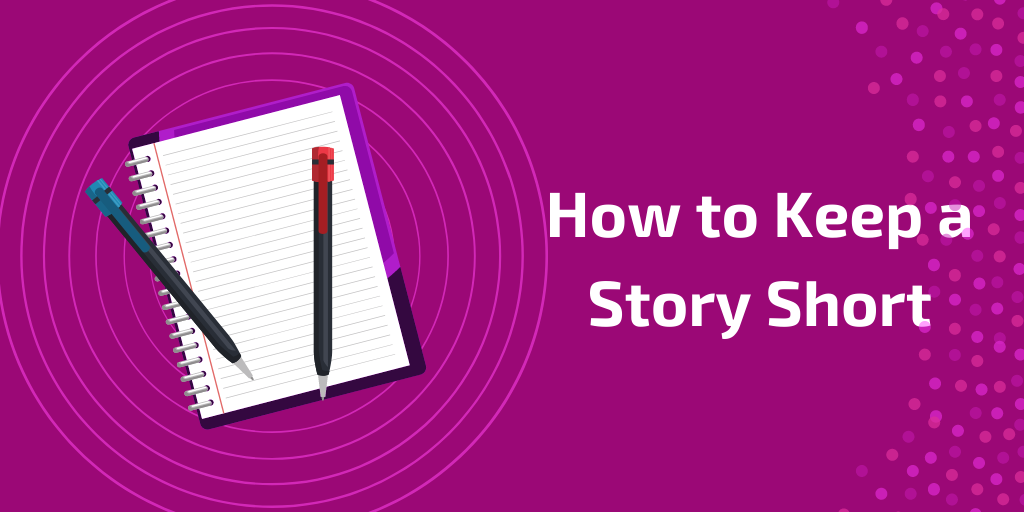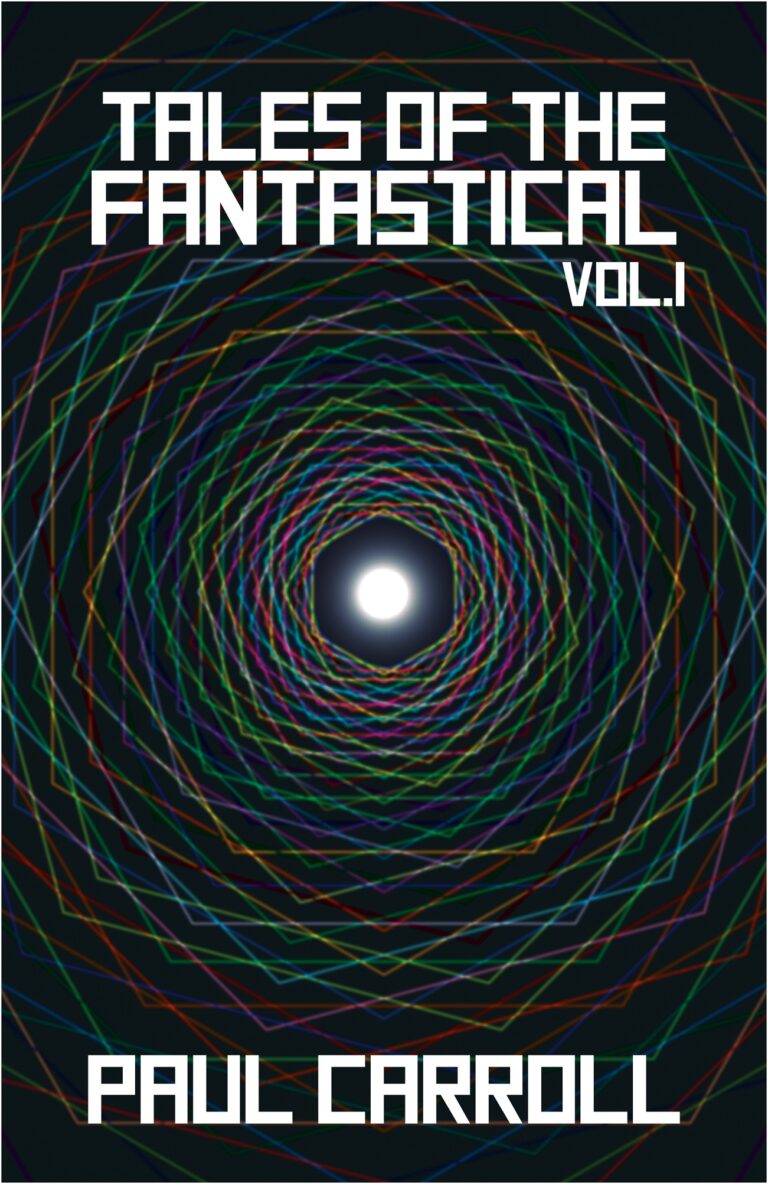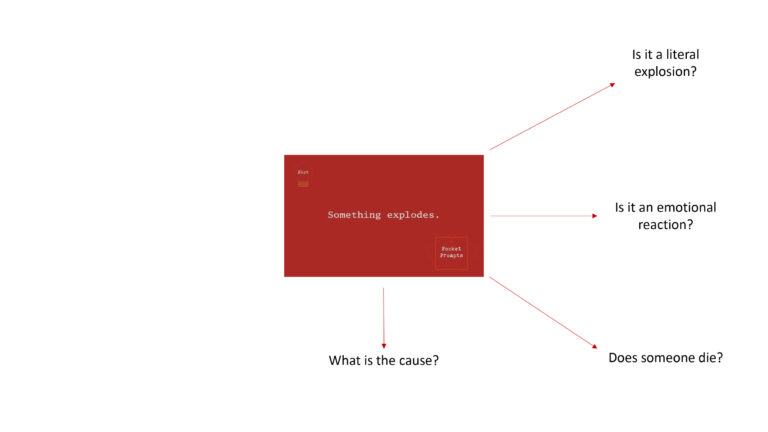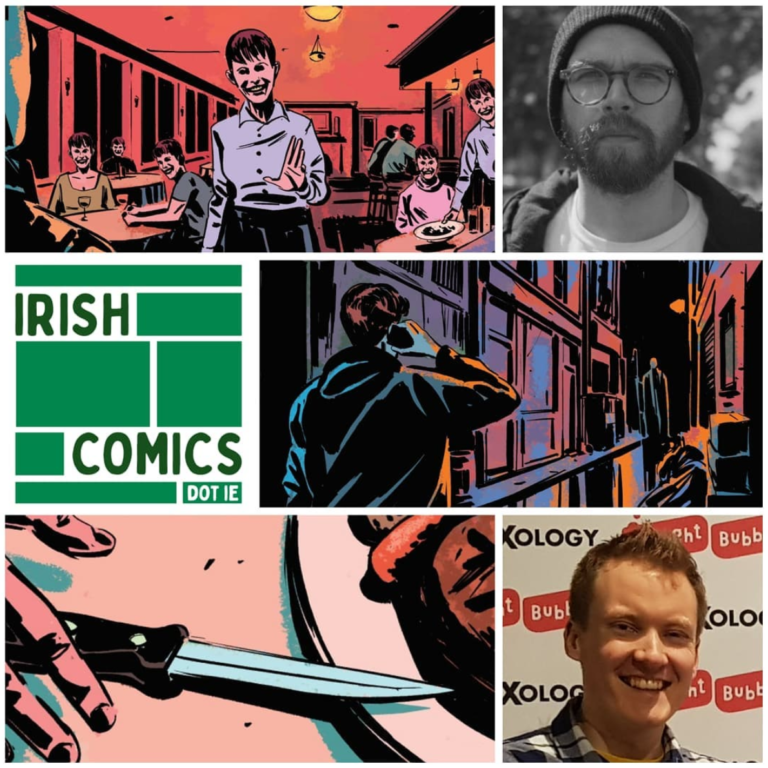How to Keep a Story Short

When it comes to writing short fiction, sometimes it can be difficult keeping the word count low. In this post, as part of my NaNoWriMo series, we’ll take a look at three tips for keeping a story short. This is essential if you’re planning on writing a short story a day for NaNoWriMo, if you know how long each one is meant to be.
What makes a short story?
A short story is like any other story – it needs a beginning, a middle and an end, and should actually say something. It helps to understand general word count ranges for different lengths of story.
- 0-7,500 words – Short story
- 7,500-17,500 words – Novelette
- 17,500-40,000 words – Novella
- 40,000+ words – Novel
It’s imperfect, because everyone disagrees about one thing or another. Some people will specify word counts for flash fiction differently, whether it’s up to 100, 250, 500 or 1,000 words, and others will insert a noveletta into the mix, as well as specify word count ranges specific to genres.
With that in mind, how do you keep your word count down?
Start as close to the end as possible
The less build-up you have to do, the less time you need to spend wrapping up.
We don’t need to know how everything happened, just that it did, and pick a moment near the end to focus on. This will help you avoid the sort of set-up that a novel requires, and protects the short story from going stale before it’s gone anywhere else.
Introduce the premise, character and their motivation as quickly as possible
We should know everything we need to know from the get-go, especially for fiction of less than 1,000 words.
If a character’s relationship with their father isn’t important to the story, you don’t need to mention it. If a character’s motivation is to become an astronaut, the story should be about that.
Ideally, aim smaller: the character just needs to get through an interview, or a lunch, or get somewhere on time. Big motivations, long-term goals, are for novels, unless we’re close to the end.
Short-term goals, things a character can achieve in a day or less, are better suited for short fiction. And always refer back to the previous tip.
Outline in 3-5 bullet points
If you need 20 bullet points to plot your story, it won’t be short. Keep it simple. Refer back to the previous tips.
Your plan for your story can follow something like this:
- Introduce the premise, the character and their motivation.
- Introduce an obstacle.
- Explore how the character will overcome the obstacle.
- Climax.
- Conclusion. Wrap it all up.
Write about moments, and let the story end, no matter how much you love the characters (or what you get to do to them.) That’s the key to making it short. If you like the characters, and you haven’t killed them all by the end, you can always write another story about them. Arthur Conan Doyle did it with Sherlock Holmes.
Do you have to plan?
Technically no, but I know a lot of people who try to write without a plan and end up going way over their target word count. Planning your story will help you figure out exactly how much will happen in it. Likewise, if you know how many words you’re allowed to write – if you’re writing for a submission to an anthology, magazine or competition – you need to be able to plan your story accordingly.
What’s next?
My NaNo prep series is done, at least this time around. Ahead of the July Camp session, I may write another series, covering other topics.
In the meantime, my own collection of short fiction,Tales of the Fantastical, is currently available on Amazon. You can download some sample stories below by signing up to my newsletter.





